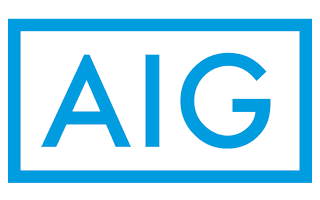Preparing for a lifetime of saving and spending
Let's start by admitting that no two real-life spending and saving timelines are the same. That being said, there is a "classic timeline" - a general framework - that you can use as a starting point. Let's look at life a decade at a time, because a financial plan isn't just about retirement - it's about your whole life.
20-something and starting your career
When job hunting, a 24-year-old is probably looking at the salary, not company benefits. But remember to ask yourself, "Does this prospective employer offer an employer-sponsored, tax-deferred retirement plan? And does the employer contribute to my account?" It's important to start saving early so your retirement account will have the opportunity to benefit from decades of compounding interest. Not making much money? That's okay: you can start with small contributions and increase them later.
Here's another tip: Do your best to avoid credit card debt. Overuse of credit cards can sabotage your financial fitness.
In your 30s and settling down
This is a decade where your financial situation can get crowded: a mortgage, insurance, maybe a college saving account, life insurance, clothes and computers for the kids. Seems like something should take a back seat, but which? You want to do right by your children, but don't shortchange yourself. If all the savings goes into college accounts, you could possibly find yourself dependent on your children in your later years. Help your kids understand they share the financial responsibility for their college education. Work out a process for shared responsibility. Remember, experts tell us that you can borrow money for college, but you can't borrow money for retirement.
40+ and focused on your future
Saving is still important, but also consider that you would not have a lot of time to recover should the market suffer a stiff downturn. Check with your financial professional to see if your investment mix reflects your age, time until retirement and tolerance for risk. Such issues become more important as you draw closer to your projected retirement age. While you're talking with your financial professional, ask if you have a "retirement gap." That is a gap between how much you're projected to have at retirement age vs. how much you'll need - and what steps are needed to fill the gap.
50+ and shifting gears
Keep saving, of course, but also give some serious thought to your strategy for how to design your withdrawals once you start tapping into your savings. Do you have a withdrawal strategy to keep from using up your funds and leaving you penniless? How does Social Security integrate with your withdrawal strategy? Do you have debt hanging over it all? It's a lot to think about and you might find it overwhelming. But you're not on your own! Call your financial professional and talk it over.
The preparation is worth it
Thinking ahead and preparing a financial strategy can help you lessen unpleasant "surprises" later on. Face tomorrow with more confidence – work with your financial professional to strategize for your future.
Securities and investment advisory services offered through VALIC Financial Advisors, Inc. (“VFA”), member FINRA, SIPC and an SEC-registered investment adviser.Annuities issued by The Variable Annuity Life Insurance Company (“VALIC”), Houston, TX. Variable annuities distributed by its affiliate, AIG Capital Services, Inc. (“ACS), member FINRA.
AIG Retirement Services (“ARS”), represents AIG member companies -The Variable Annuity Life Insurance Company (“VALIC”) and its subsidiaries VALIC Financial Advisors, Inc. (“VFA”) and VALIC Retirement Services Company (“VRSCO”). All are members of American International Group, Inc. (“AIG”).
Copyright © The Variable Annuity Life Insurance Company.
All rights reserved.




Comments
Post a Comment